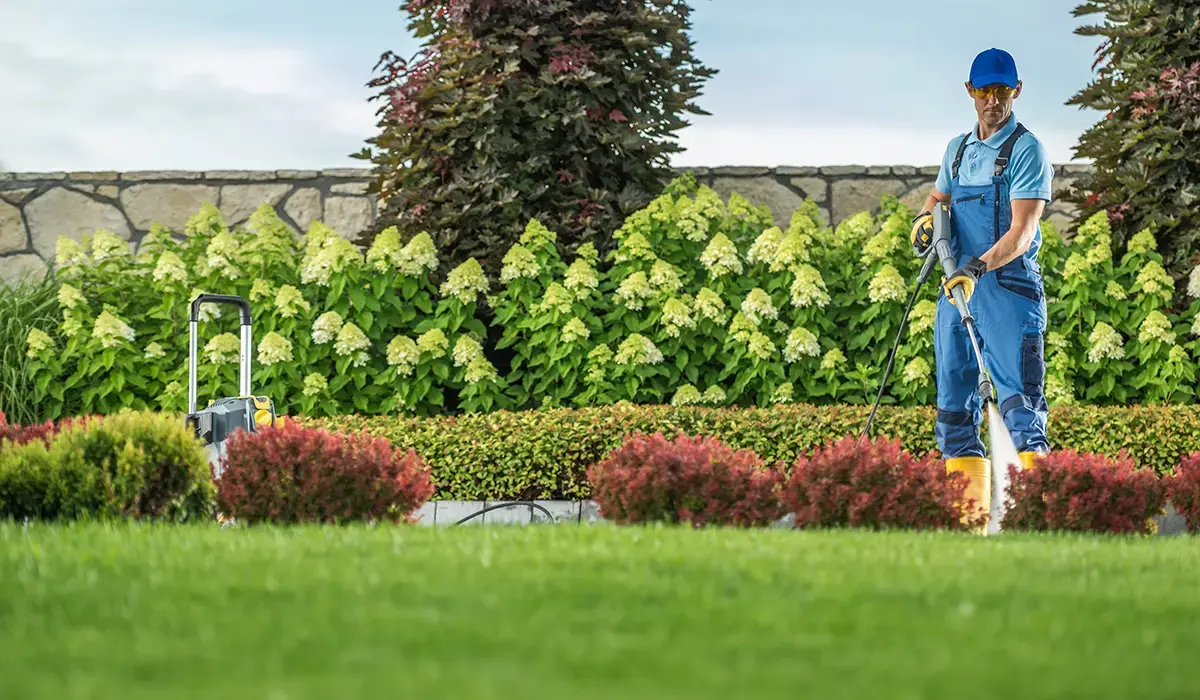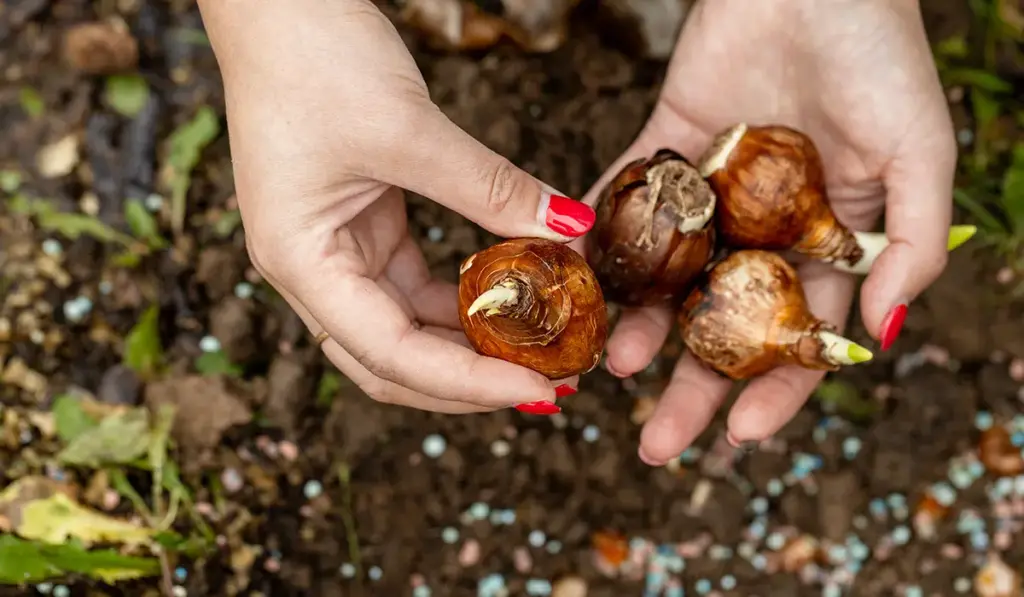Gardening
Essential Tips for Fall Fertilizing to Promote Yard Growth

While most homeowners think of spring and summer as ideal for fertilizing their lawns, the fall offers quite an experience to enjoy effective fertilizer application. Applying fall lawn fertilizing helps strengthen the roots of your plants and lawn and lays a good foundation for vigorous growth in spring. In this guide, we give you the low-down on when to fertilize your lawn, which products to go for, and what to do to ensure your yard thrives through the cooler months.
When to Fertilize in the Fall
When to fertilize in the autumn will depend primarily on where you live and the kind of turfgrass you have; southern homeowners usually opt for warm-season grasses, northerners rely primarily on cool-season grasses, while, in the middle of the country, a mixture of both could be present. Understanding your grass type is fundamental, as such grasses have various growing seasons requiring specific fertilizing times.
The warm-season grasses such as bahiagrass, bermudagrass, and St. Augustine grasses will go dormant in winter and resume growth in late spring. Their season continues into summer and carries into fall. These grasses benefit from fertilization during all the growing season, but the most effective application would be in late spring or early summer. Lighter doses of fertilizer in early fall (around September) help these grasses to recover from heat during the summer and prepare for dormancy.
Cool-season grasses like Kentucky bluegrass, tall fescue, and fine fescue go dormant during the dry heat of summer only to revive when cool months settle in. Usually, they start growing again in late winter. There is considerable advantage in fertilizing cool-season grasses during late fall (October and November) since it encourages storage of nutrients in roots and plants and aids in the initiation of winter dormancy.
Fertilizer times depend on whether a lawn has warm- or cool-season grasses; for the most part, warm-season grasses are fertilized, for best results, in early fall; whereas cool-season grasses require late fall fertilization. Once you find out what type of grass you have-and when it is best to fertilize you can make strides on your lawn for lush growth once spring comes around.
NPK for Your Fall Fertilizer
NPK is an abbreviation for Nitrogen-Phosphorus-Potassium-the ratio used on the label of a fertilizer to indicate the percentage of those particular ingredients contained within when applied. Fertilizers with a high nitrogen content stimulate unfurling, leafy blade growth. Phosphorus is highly beneficial to root development while potassium enhances overall health and disease resistance.
The special growth stage of your lawn should determine what fertilizer is going to suit your needs. Normally, those fertilizers high in nitrogen are recommended, for example, urea. But, excess nitrogen will cause increased leaf growth with root weakness. A soil test can show exactly what your lawn needs. Conducting such a test is immaterial if it’s hard to induce any recovery, but this will give you the idea. Always choose slow-release or organic fertilizer for the healthiest grass and those that would keep for long.
Essential Tips for Fall Fertilizing to Promote Yard Growth
In addition to the appropriate time and NPK formula, know how much to apply and how often is really what provides that extra spark for optimum fertilizer results. Select the perfect fertilizer for that specific type of grass, and it will develop strong roots and be poised for the cold winter months.
Best Fall Lawn Fertilizers
Whether a cool-season or a warm-season grass dictates which type of fertilization works best in the fall.
For cool-season grasses, choose a high-nitrogen fertilizer or one with a higher first number to start the season off in the early fall. Some formulations to use include 20-8-8 and 24-0-12. Remember to follow the recommended application rate from the manufacturer to avoid over-fertilization. If necessary, use something with more phosphorus towards the end of the season, like 13-25-12, to promote root development and help the lawn survive the winter months.
Warm-season grasses appreciate more balanced or phosphorus-heavy fertilizers, especially now that they are entering their dormant phase. Such formulation is better to be applied in the early fall months of September to help in strengthening the roots so as to prepare for dormancy.
Fertilizer in Fall for Plants
Fall fertilizer for plants will depend on the kinds of nutrients they require. Don’t use lawn fertilizer on plants, they have different nutrient ratios. For example, a high-nitrogen fertilizer may prevent flowering or fruiting of the plant. Perennials benefit from superphosphate fertilizer (0-20-0) since it contributes to strong roots for the next growing season.
Fall Fertilizer for Trees and Shrubs
There is ongoing debate about whether trees and shrubs require yearly fertilization. When they do undergo fertilization it is recommended to only do it when growth is stunted or not flourishing, and no pest or weather-related reasons are present. Fertilize with a slow-release nitrogen fertilizer applied late in the fall or early in winter if you wish. Applying superphosphate may help with blooming for potted trees and shrubs, but nerve factors also plays much in flower production.
Fall Bulb Fertilizer
For bulbs planted in the fall, superphosphate fertilizer is ideal for promoting growth of healthy roots, ensuring strong, vibrant blooms in spring. Avoid using bone meal, as it can attract rodents that may damage your bulbs.
Our Conclusion
Essential Tips for Fall Fertilizing: Promote Growth in Your Yard
Fall fertilization generally gives a head start through a healthy lawn and plants for spring. When to fertilize and the type of fertilizer depend on the grass species, plant type, and the climatic conditions of the locality. Understanding the timing, NPK formula, and the specific requirements of your lawn and plants can encourage good root development that would ensure a flourishing yard in spring.

